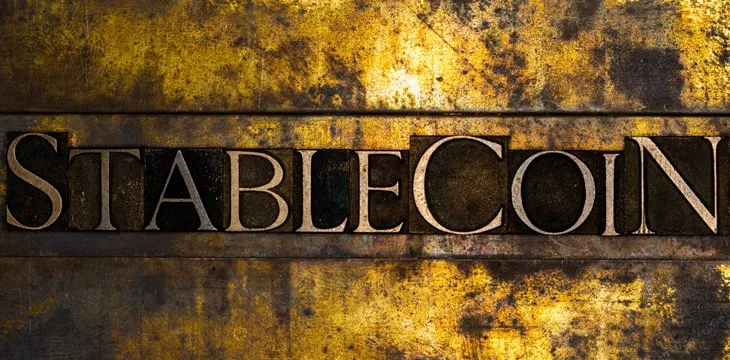|
Getting your Trinity Audio player ready...
|
The Bank for International Settlements (BIS) is once again questioning stablecoins, and this time, it attacked their money market stability mechanisms.
In its latest paper, the Basel-based institution compared stablecoins with Eurodollars, analogizing ‘on-chain’ with ‘offshore,’ and exposed “how primitive the liquidity mechanisms supporting stablecoins’ promise of par settlement are.”
Comparing #Stablecoins with #Eurodollars reveals how primitive the liquidity mechanisms supporting stablecoins’ promise of par settlement are. #Liquidity, not solvency, is the issue with par settlement https://t.co/eIQfBrVUBI pic.twitter.com/hqhbbzbOAE
— Bank for International Settlements (@BIS_org) November 17, 2023
Eurodollars are any bank deposits denominated in the U.S. dollar outside the country. BIS compared them to stablecoins, which are on-chain dollar deposits. Both are a means of settlement in their respective worlds, it says.
But that’s as far as their similarities go. With stablecoins, par price stabilization depends on three mechanisms: over-collateralization like DAI, “1:1” reserves like USDC and USDT, and an algorithmic trading protocol like the disastrous experiment that was UST.
“The logic of each of these three mechanisms is superficial, hiding deep assumptions that have come to the surface when stablecoins’ promises to pay come into question,” says the report.
BIS says that stablecoins’ fundamental flaw is that they “see the problem through a solvency lens, not a liquidity lens, assuming that it is the value of the issuer’s assets that supports the value of the stablecoin.” However, in the realm of international money, such as with the Eurodollar, solvency plays no role.
This is exacerbated by ‘crypto’ markets being built on highly speculative and illiquid forward markets, which are ill-equipped to absorb the deviations of stablecoins from par.
A sound international money market relies on liquidity, which stablecoins lack by design as this would rely on intermediaries, which ‘crypto’ was built to eliminate, the paper says.
A key difference between Eurodollars and stablecoins is an all-powerful central entity. Central banks have liquidity swap lines during crises that put bounds on par deviation.
An example was during the 2008 global financial crisis. There was a bank run by holders of Eurodollars who sought to redeem them for onshore dollars. Those that didn’t demanded higher interest rates to keep their money offshore.
“It was at this moment that the Fed opened the liquidity swap lines to other central banks, creating some $600 billion in offshore dollars. This was sufficient to stem the demand for redemptions and to return the spread to zero,” the paper notes.
The solution is central bank digital currencies (CBDCs) as “they would be inside the regulatory perimeter,” BIS concludes.
With a CBDC, “on-chain claims would be legally constituted as bank liabilities and regulated as such.” The explicit and implicit guarantees of bank regulation would be in effect, and tokenized deposits would be at the same hierarchical level as non-tokenized deposits.”
BIS has been consistently attacking stablecoins for years. A week ago, it published a report claiming that only seven fiat-backed stablecoins had kept their deviations from the peg below one percent for at least 97% of their life span.
Watch: Stablecoins with Daniel Lipshitz

 06-30-2025
06-30-2025 





